I received a set of the new Black Diamond Venom LT Ice tools for review last fall. As I discussed in my “Ice axe primer” post, they are an intriguing entry into the growing field of superlight but capable ice tools on the market. As the available options (and my quiver) grow, it feels increasingly absurd to be modifying ice axes. And yet, I found myself dremeling away at one of my Venom LT tools recently.
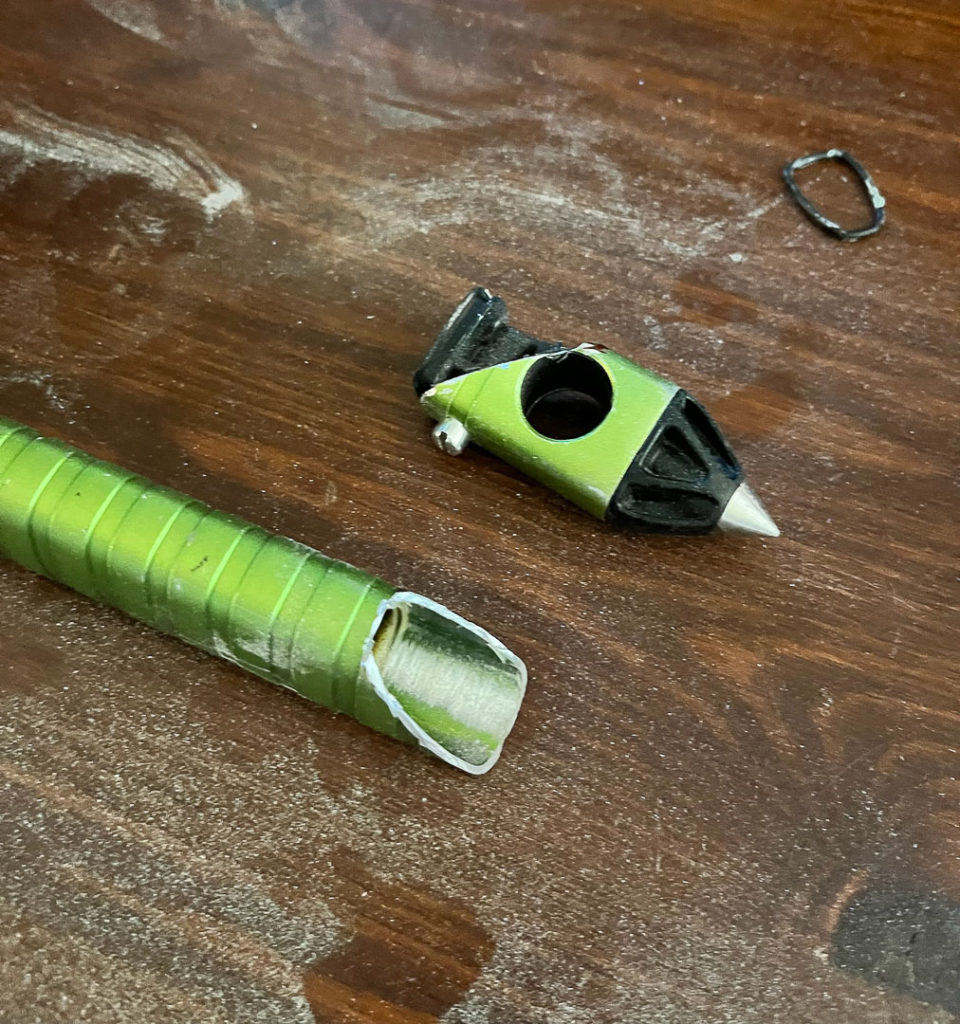
My creation elicits memories of the late Ueli Steck and his ice tool experimentation that likely resulted in the creation of the current categorie du jour of what we call ski mountaineering axes—turns out these tools can also work well on climbs like the Eiger Nordwand when you have Ueli’s skills. Check out the Cold Thistle Blog for some good Ueli-axe photos. Perhaps the original production model in the superlight technical ice tool category would be the 43cm Petzl Sum’tec, circa 2016. The menu included a cutoff spike, a 43cm curved shaft, a hammer option, and a replaceable technical pick. At 430g, that tool is significantly heavier than today’s options.
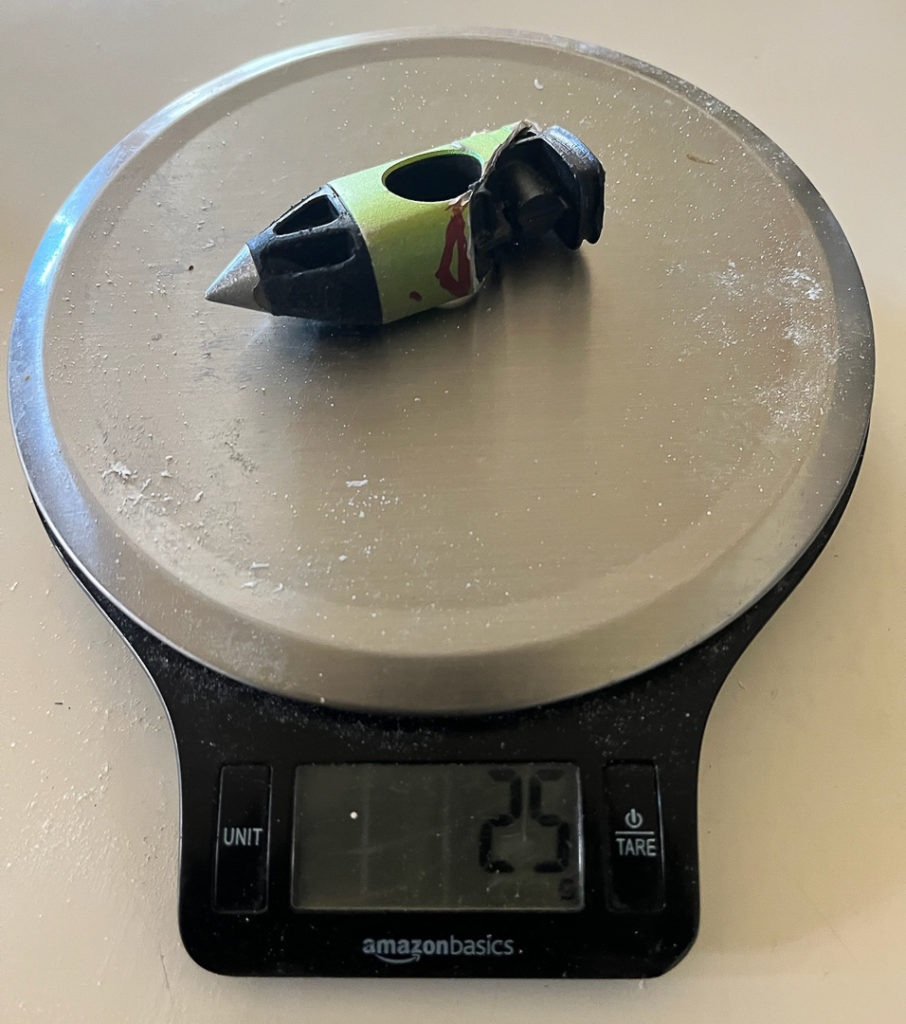
Depending on the outing, we can have different requirements for our ice tools. On one end of the spectrum, you have technical ascending and/or descending on an objective like the Grand Teton. Maybe there’s some proper ice climbing, testing or building a piton anchor, and large quantities of steep, non-technical snow. A tool with a little more heft makes the ice climbing feel easy, and we likely want a hammer option for shoring up anchors.
On the other end of the spectrum, you may have a more classic snow climb where the ice axe is mostly used plunging for a self-belay. Here, lightweight is the primary concern–most axes will perform just fine.
Lastly, in the era of top-down, technical ski descents, we often bring an axe, mostly as a hammer, and in case of a downclimb. Here, we start looking for the lightest weight option with a hammer, which works well enough in case of an unforeseen downclimb.
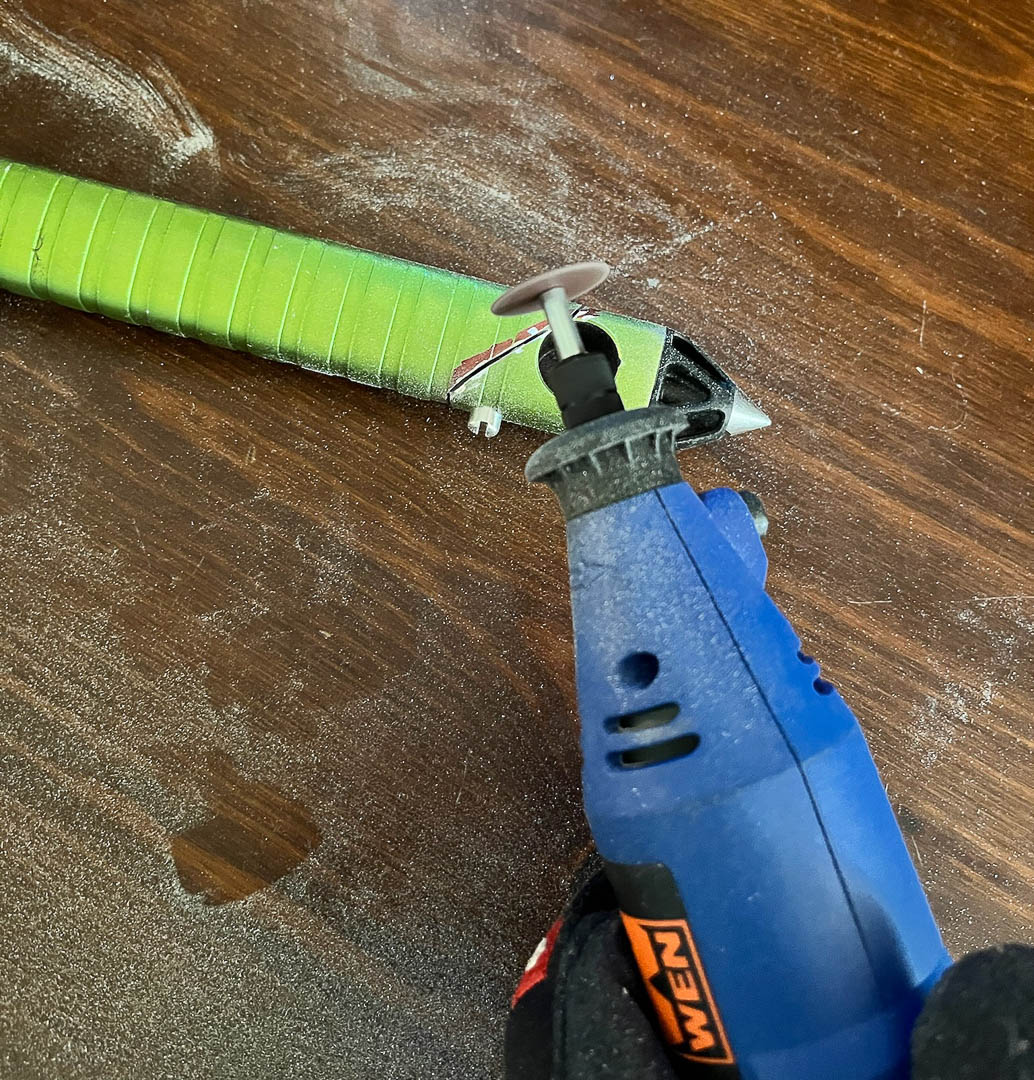
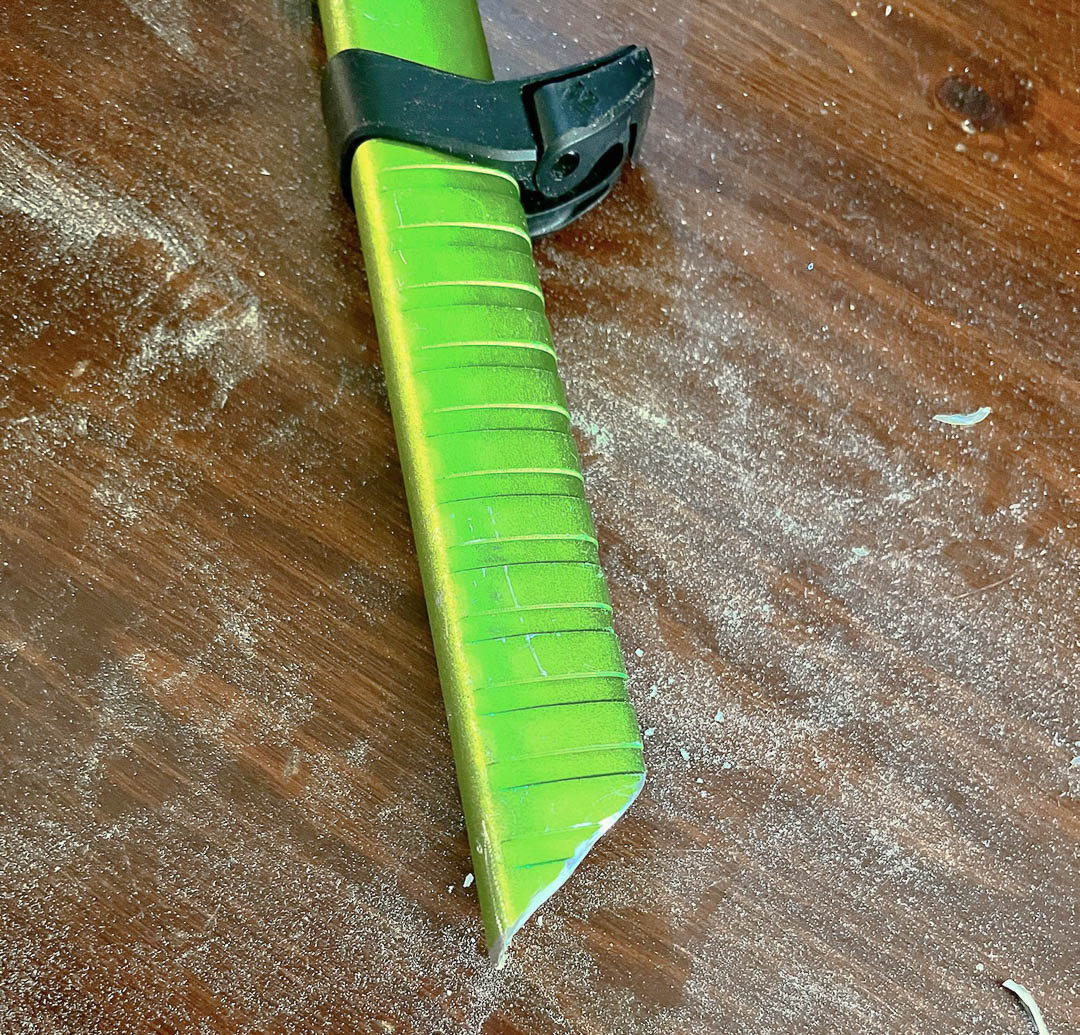
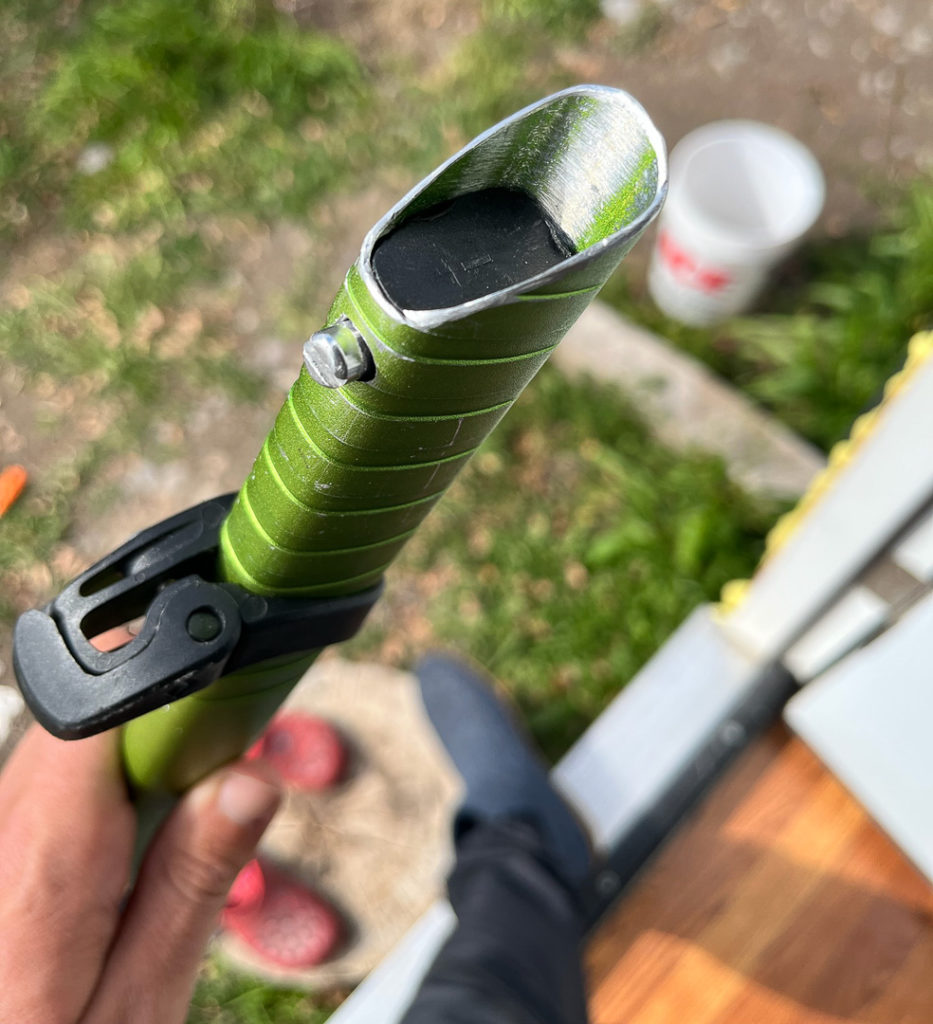
Enter my creation—the chopped BD Venom LT. In its lightest configuration, the modified Venom is nearly as light as my Camp Corsa Nanotech but adds a hammer and keeps some decent functionality. Styled out with a pinky rest, Tech Pick, and hammer, you end up with a pretty close approximation of the Petzl Gully at 43cm and 284g.
I have yet to miss the aggressive steel spike that I removed, and my backpacks and puffy jackets are certainly less threatened, too.
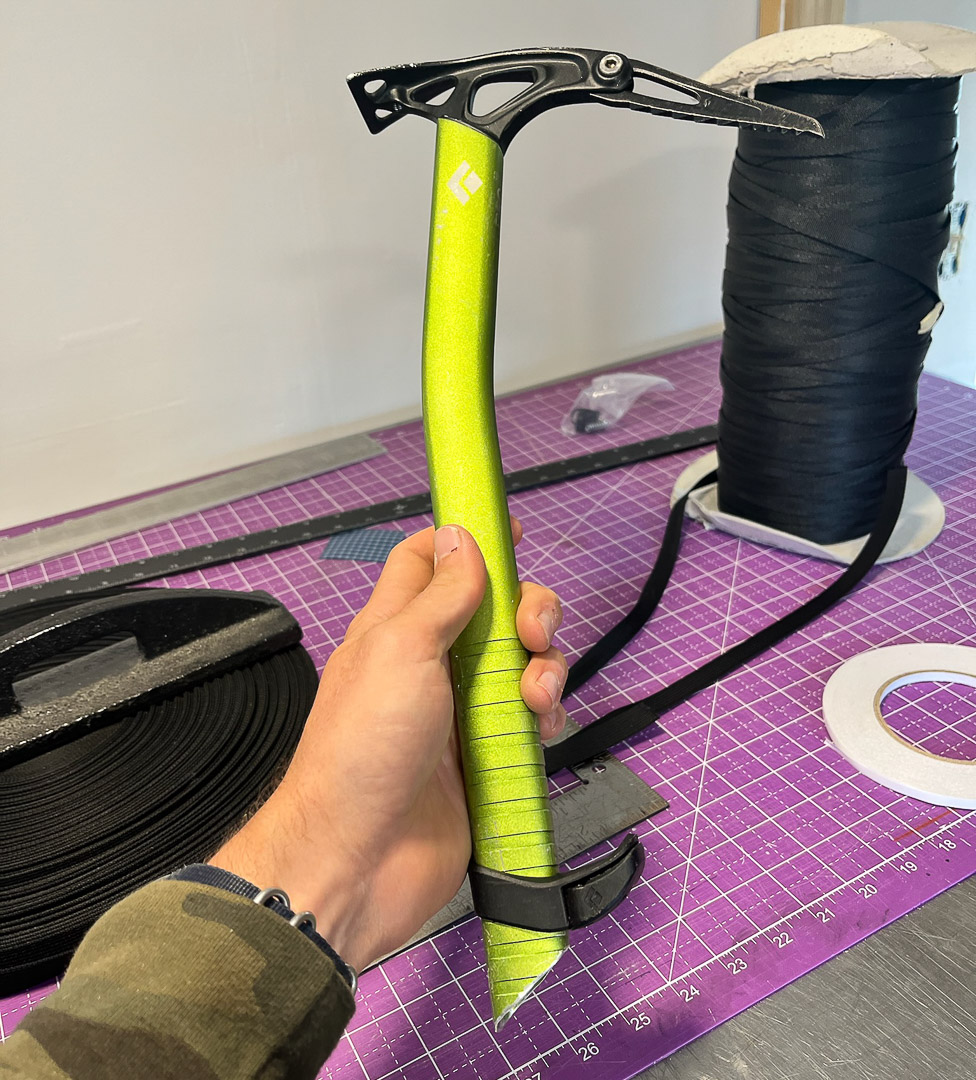
Once again, this probably isn’t necessary in a world full of truly excellent lightweight ice tools. I have been enjoying the shorty BD tool as it disappears in my pack, maintains compatibility with the Transfer LT shovel blade, and provides most, if not all, of the functionality of a Gully. Last but not least, I prefer the color green.
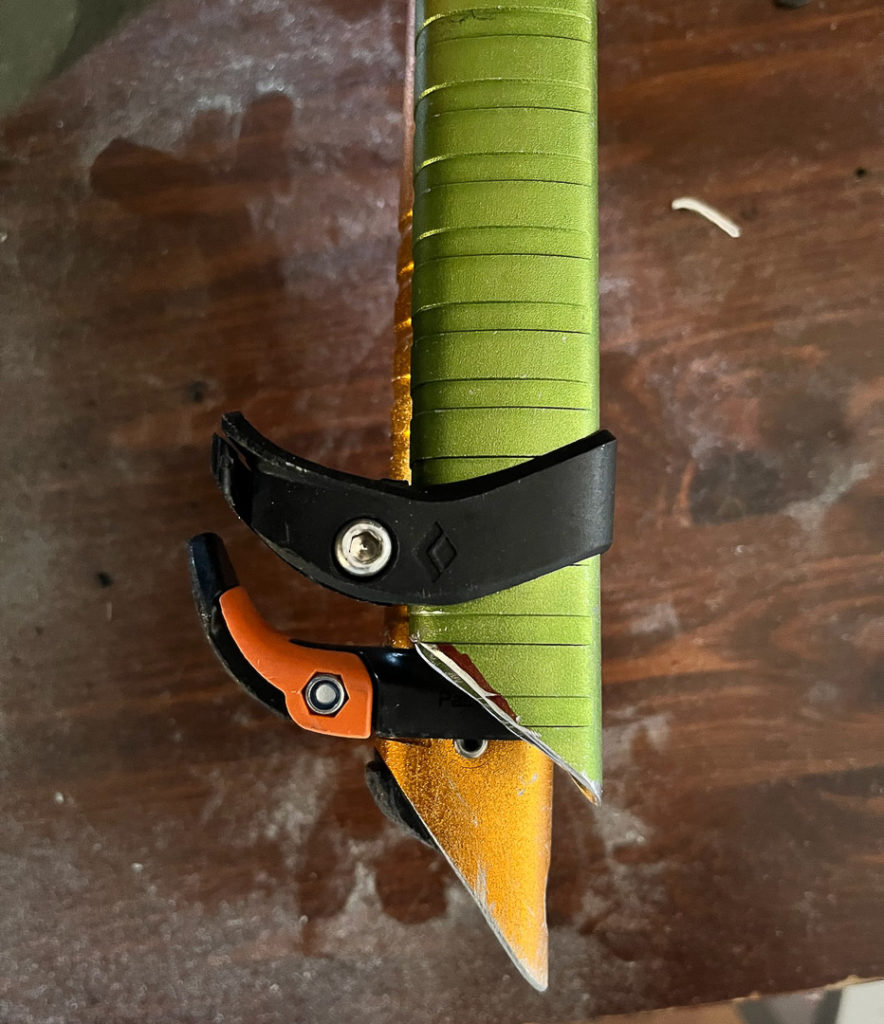

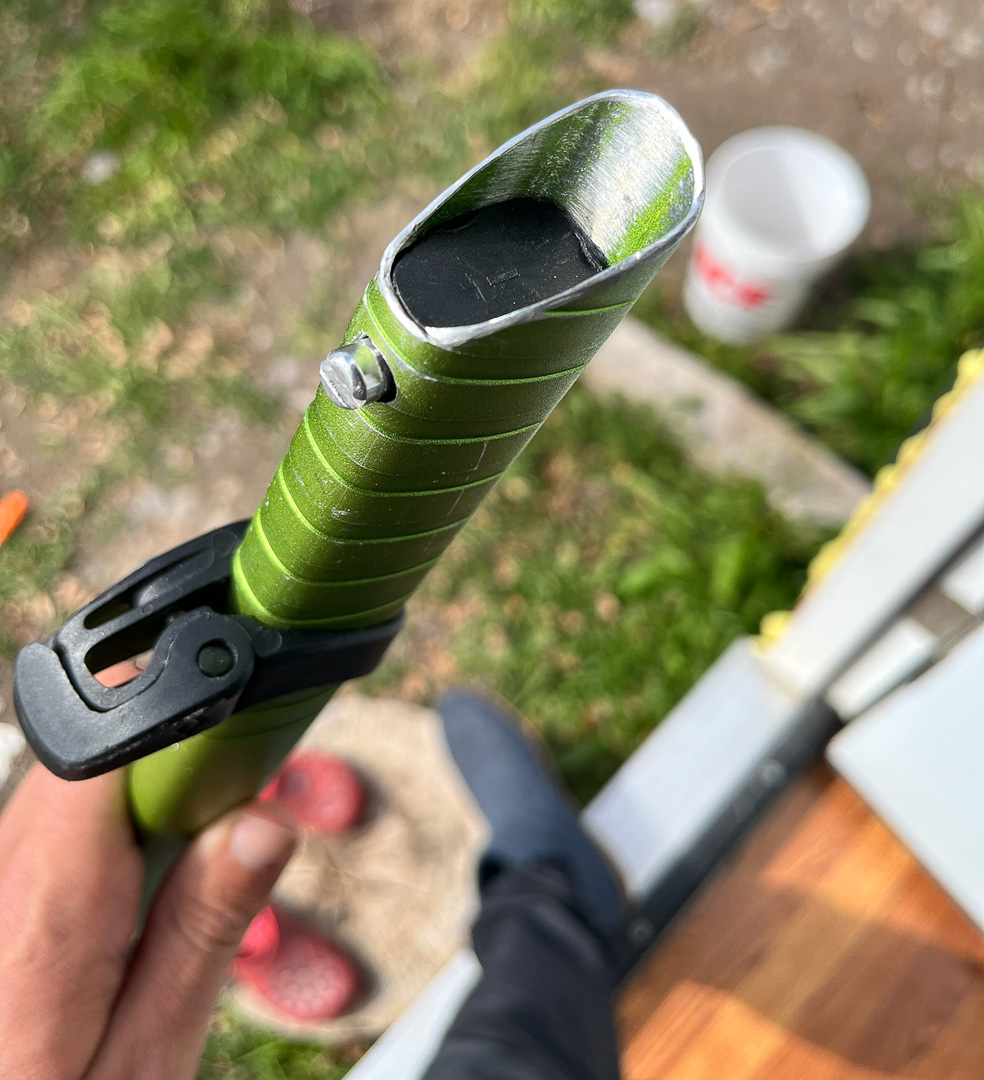




Leave a Reply
You must be logged in to post a comment.